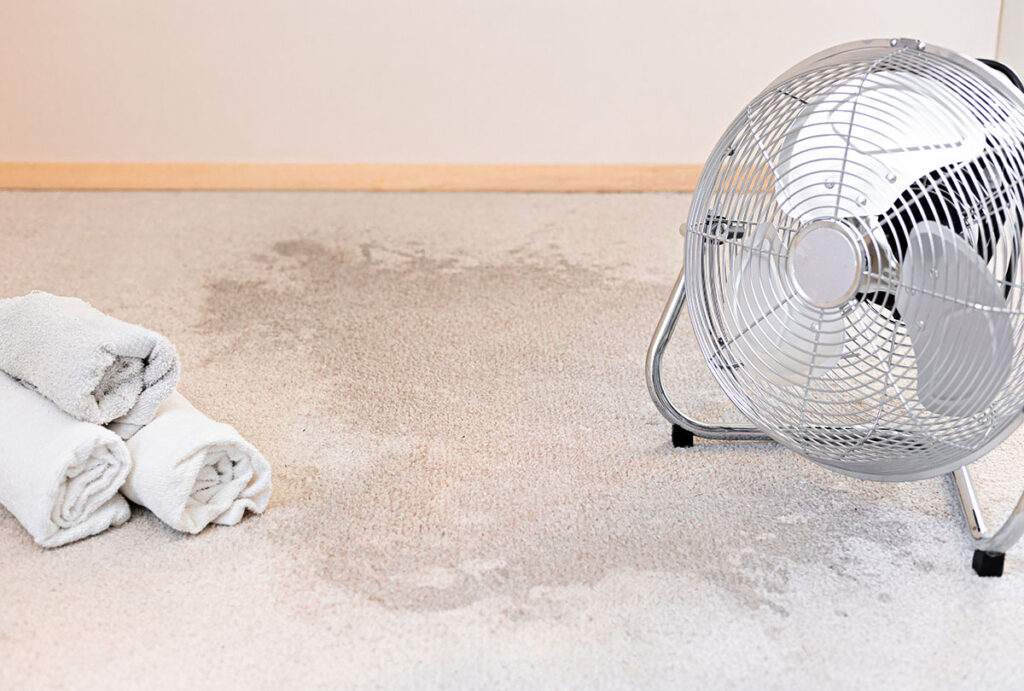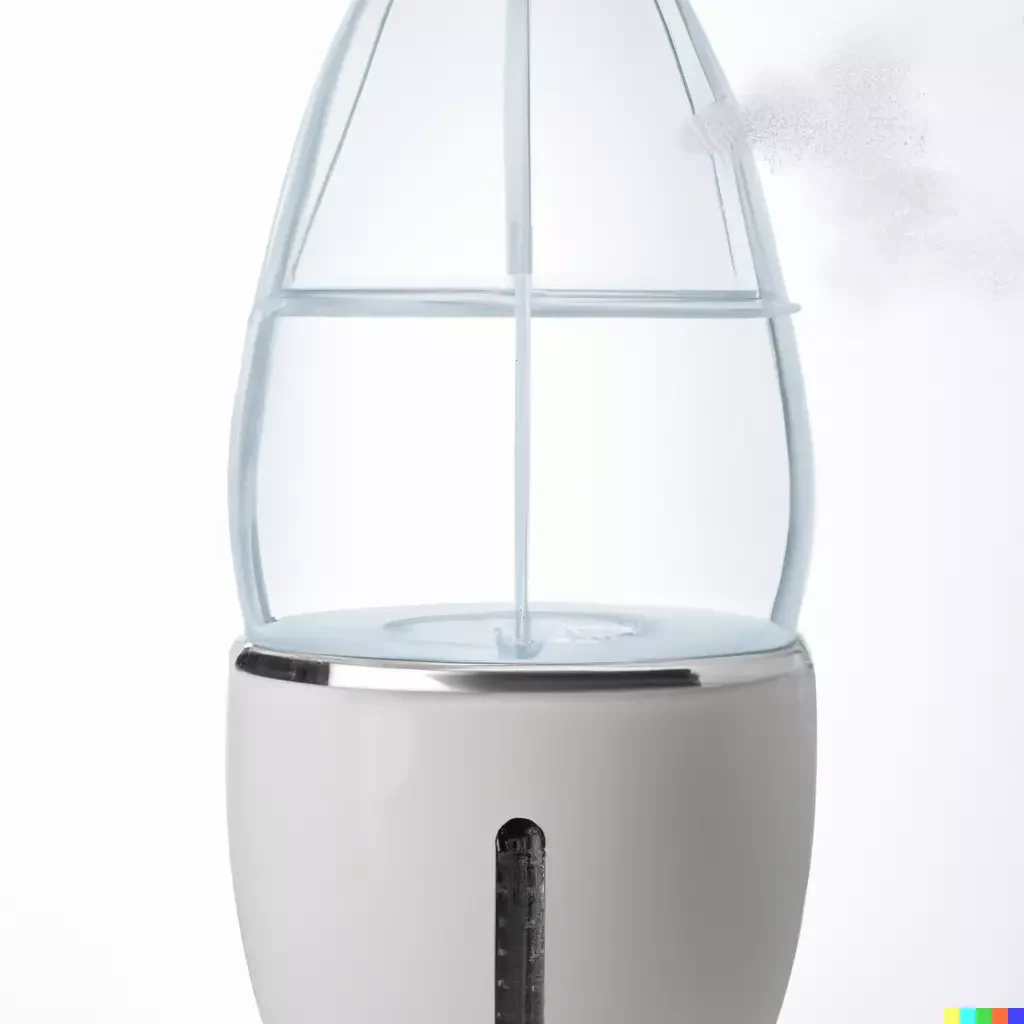Yes, a humidifier can cause mold in carpet if not properly maintained. Excess humidity from a humidifier can create a damp environment conducive to mold growth in carpet fibers.
Mold can damage the carpet and also pose health risks to occupants of the space. It’s essential to use and maintain the humidifier according to manufacturer’s instructions and to monitor humidity levels to prevent mold growth. Regular cleaning and ensuring proper ventilation can also help mitigate the risk of mold in carpet due to a humidifier.
Understanding the relationship between a humidifier and mold in carpet can help in taking necessary precautions to maintain a healthy indoor environment.
The Relationship Between Humidity And Mold Growth
When it comes to maintaining a healthy indoor environment, understanding the relationship between humidity and mold growth is crucial. Excess moisture in the air can lead to the proliferation of mold, which not only poses a health risk but can also cause damage to various surfaces, including carpets. In this post, we’ll delve into the effects of high humidity on the indoor environment and the specific ways in which mold can grow in carpet fibers, shedding light on the potential risks associated with using a humidifier in enclosed spaces.
Effects Of High Humidity On Indoor Environment
High humidity levels can have detrimental effects on indoor spaces. When the air is excessively moist, it provides the ideal conditions for mold to thrive. Excess condensation on windows, musty odors, and visible mold growth on walls or ceilings are all telltale signs of elevated humidity levels. Moreover, high humidity can also lead to the development of mold in places that are not immediately visible, such as within carpet fibers.
Understanding Mold Growth In Carpet Fibers
Mold growth in carpet fibers is a common issue in environments with high moisture content. The porous nature of carpets allows them to trap moisture and serve as a breeding ground for mold. When combined with elevated humidity levels, carpet fibers can become a prime location for mold proliferation, potentially posing health risks and causing damage to the carpet itself. Understanding the specific mechanisms of mold growth in carpet fibers is essential for addressing and preventing this issue.
Can A Humidifier Cause Mold In Carpet?
Yes, a humidifier can cause mold in carpet if the humidity levels are too high. Excess moisture from the humidifier can seep into the carpet, creating a conducive environment for mold growth. Regular maintenance and monitoring of humidity levels can prevent mold formation in carpet.
Evaluating The Role Of Humidifiers In Moisture Buildup
A humidifier is a common household appliance used to add moisture to the air, especially during dry weather. However, when not properly maintained, a humidifier can contribute to excessive moisture buildup in the indoor environment. This moisture can create a conducive environment for mold growth, including in carpets. Understanding the role of humidifiers in moisture buildup is crucial to preventing mold formation.
Identifying Potential Risks Associated With Excessive Moisture
Excessive moisture resulting from a humidifier can lead to several potential risks, including mold growth in carpets. When the humidity levels are too high, the carpet fibers can become damp and provide a breeding ground for mold spores. Additionally, prolonged exposure to excessive moisture can compromise the structural integrity of the carpet and create an unsanitary living environment.
Recognizing Signs Of Mold In Carpet
Recognizing signs of mold in carpet is crucial for maintaining a healthy environment in your home. Mold can thrive in humid conditions, and a humidifier can inadvertently contribute to mold growth in carpets. Understanding the visual and olfactory indicators of mold infestation as well as the associated health risks can help in early detection and prevention.
Visual And Olfactory Indicators Of Mold Infestation
Mold in carpet can be visually detected through various signs. Discoloration in the form of green, black, or white patches may appear on the carpet surface, particularly in areas exposed to moisture. Musty odor, often described as an earthy or damp smell, is a clear indicator of mold infestation. If you notice visible signs and detect a musty odor, prompt action is necessary to mitigate the mold growth and prevent further damage to the carpet and surrounding areas.
Health Risks Associated With Mold Exposure
Exposure to mold in carpets poses significant risks to human health. Allergic reactions such as sneezing, coughing, and itchy eyes can occur in individuals sensitive to mold spores. Prolonged exposure to mold can lead to respiratory issues and worsen existing conditions such as asthma. In severe cases, exposure to certain types of mold can cause toxic effects on the body, leading to serious health complications. Therefore, addressing mold infestation in carpets is vital to safeguard the well-being of household members and maintain a healthy indoor environment.
Proactive Tips To Prevent Moisture Buildup
To prevent moisture buildup and potential mold in carpet, it’s important to monitor humidity levels and use a dehumidifier if necessary. Regularly vacuum and clean the carpet, and ensure proper ventilation to prevent excessive moisture. Address any leaks or water damage promptly to avoid mold growth.
Proper Humidifier Maintenance And Usage
When it comes to preventing mold in carpets, proper maintenance and usage of humidifiers play a crucial role. Regularly clean and disinfect your humidifier to prevent the growth of mold and bacteria. Ensure that the humidifier is used in accordance with the manufacturer’s instructions, and it is appropriately sized for the area it is intended to humidify. Keep the humidity level between 30-50% to provide optimal moisture without creating a breeding ground for mold.
Ventilation And Air Circulation Strategies
Effective ventilation and air circulation are essential in preventing moisture buildup that can lead to mold growth in carpets. Ensure that the rooms in your home are properly ventilated, especially in areas prone to moisture such as bathrooms and basements. Consider the use of fans or opening windows to improve airflow and reduce humidity levels. Regularly inspect and maintain your HVAC system to ensure proper circulation throughout your home.
Effective Moisture Control Techniques For Carpets
In addition to proper humidifier maintenance and ventilation, implementing effective moisture control techniques for carpets is crucial in preventing mold growth. Use moisture-resistant padding under area rugs, especially in high-moisture areas. Promptly address spills or leaks, and ensure that carpets are properly cleaned and dried to prevent the accumulation of excess moisture. Consider using a dehumidifier in areas with persistent moisture issues to maintain ideal humidity levels.
Conclusion
Maintaining a proper humidity level is key to preventing mold in carpets. Regularly cleaning and drying the carpets, along with using a dehumidifier, can help mitigate mold growth. It’s essential to monitor the humidity levels and address any leaks or spills promptly to keep your carpets mold-free.
Frequently Asked Questions Of Can A Humidifier Cause Mold In Carpet
Can A Humidifier Lead To Mold Growth In Carpet?
Yes, if the humidity level is too high, it can promote mold growth in carpets.
How To Prevent Mold Growth Due To Humidifier Usage?
Ensure proper ventilation and regularly clean and maintain the humidifier to prevent mold.
What Are The Ideal Humidity Levels For Preventing Mold?
Keep the humidity level between 30-50% to inhibit mold growth in your home.
Can A Dehumidifier Help Prevent Mold In Carpets?
Yes, using a dehumidifier can help control indoor humidity and prevent mold growth.
How Often Should Carpets Be Cleaned To Prevent Mold?
Regularly clean and vacuum carpets and address any spills or leaks promptly to prevent mold.





